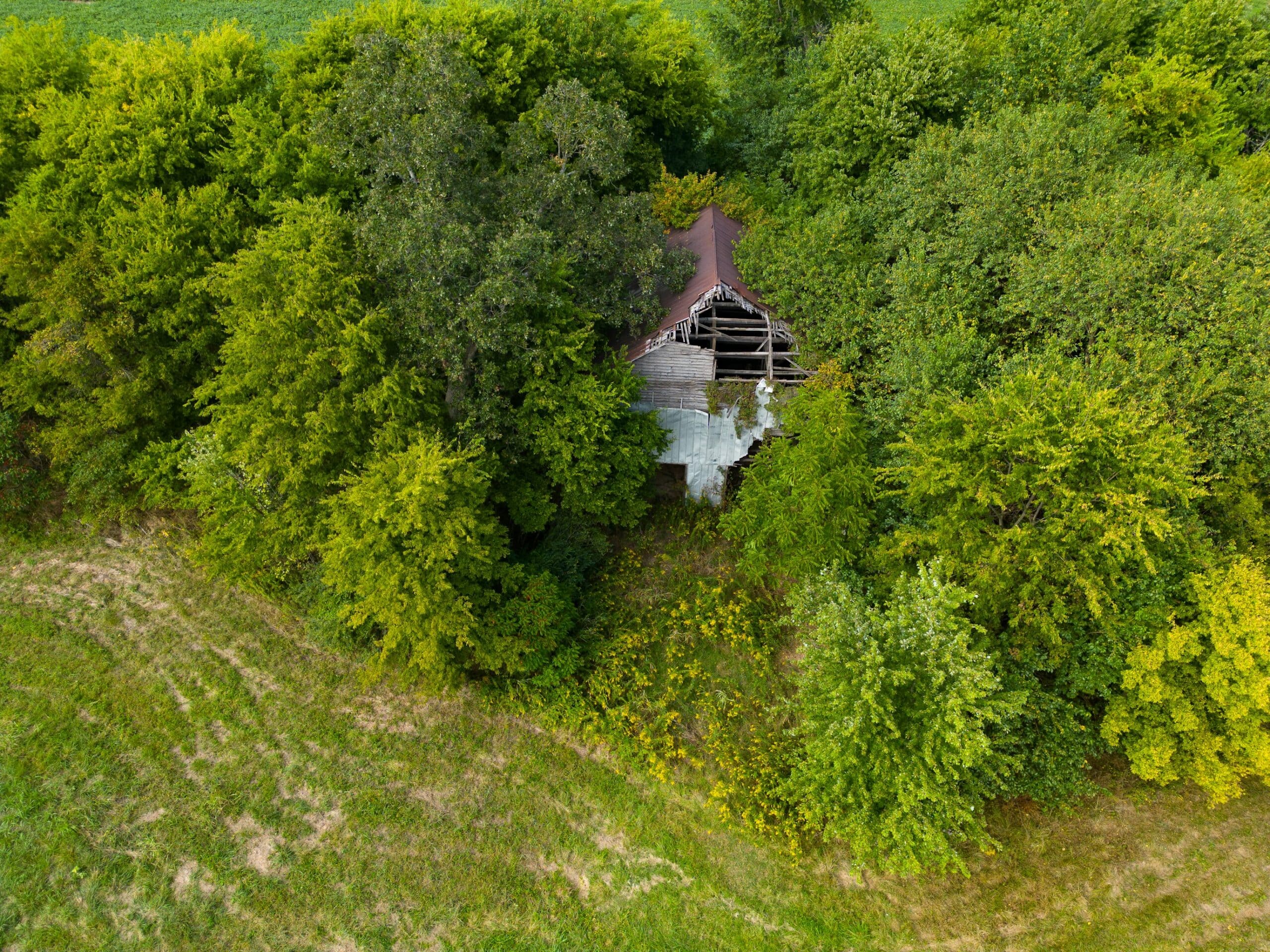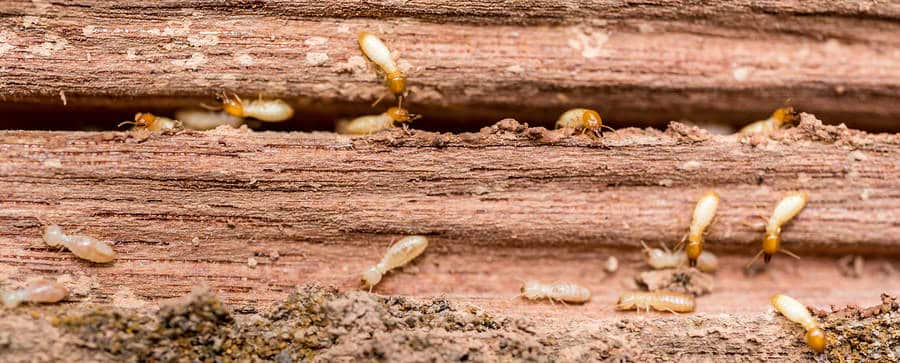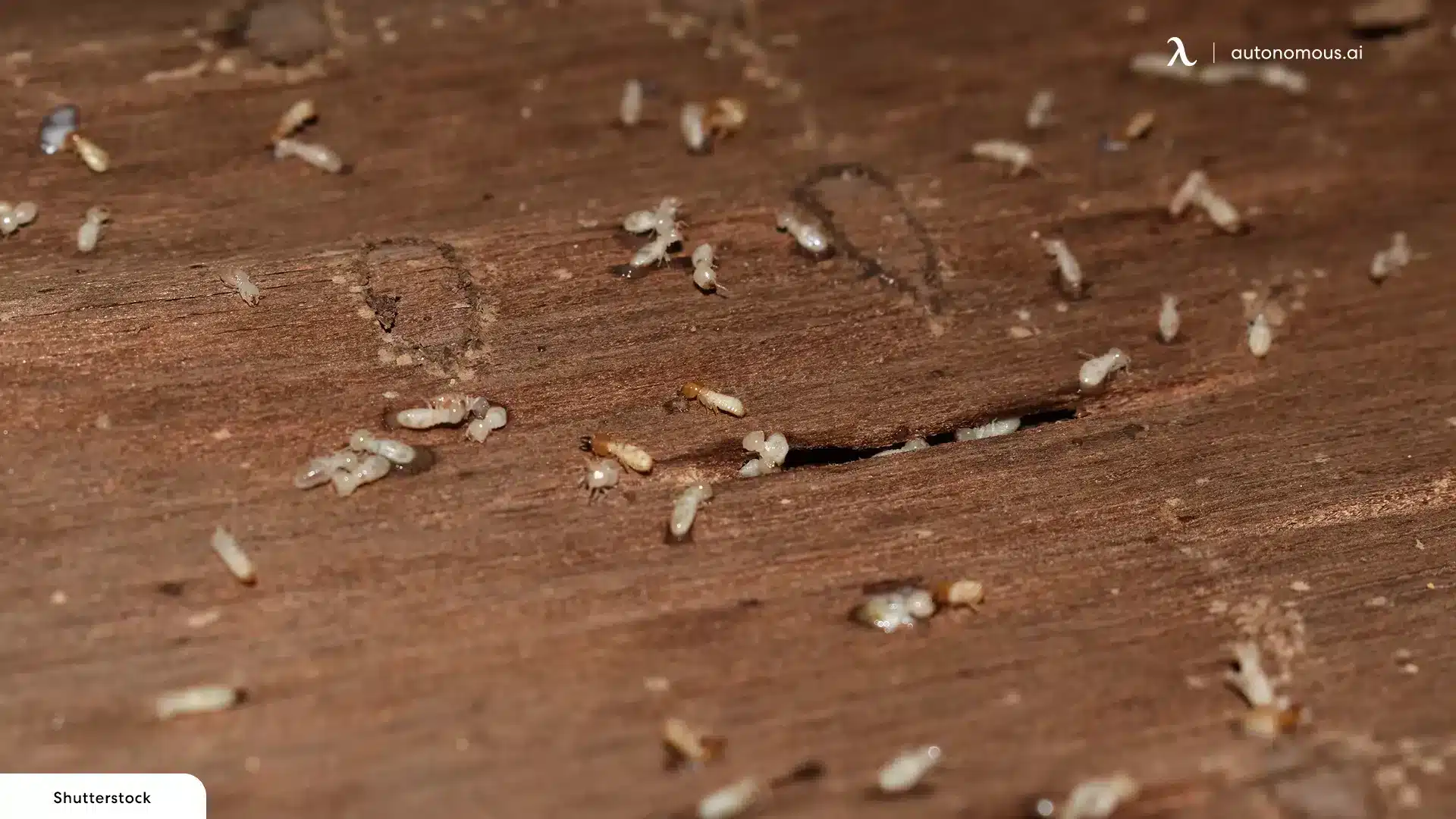Wood Mites: Everything You Need to Know
Wood mites are tiny white bugs often found on wood surfaces, and while they may seem insignificant due to their size, these pests can cause considerable issues. Despite being small, they can create a variety of problems if not properly managed, affecting the structural integrity of wooden items. In this blog, we will explore the specifics of wood mites, offering insights into their nature

By mrtimbers | Updated September 28, 2024
Wood mites are tiny white bugs often found on wood surfaces, and while they may seem insignificant due to their size, these pests can cause considerable issues. Despite being small, they can create a variety of problems if not properly managed, affecting the structural integrity of wooden items.
In this blog, we will explore the specifics of wood mites, offering insights into their nature and how to prevent them. We will guide you through the process of identifying these tiny invaders, ensuring you can confidently make reclaimed wood purchases.
Our goal is to provide you with the knowledge necessary to protect your wooden structures from potential damage, promoting a safer and healthier environment.
Understanding Wood Mites
What Are Wood Mites?
Wood mites are tiny white bugs that resemble dust mites or fleas and are predominantly found in wooden environments. They are usually difficult to spot and often appear in large numbers, particularly in damp or moist environments. Although wood mites don’t bite or cause structural damage, they’re still unwelcome guests in your home.

Photo credit to Vulcan Termites & Pest Control Inc.
Check for wood mites on furniture and watch out for them around windows and doors, as moisture and warmth make those spots ideal for these tiny pests. Regular checks and quick action can save you a headache later.
Lifecycle and Habitats
Wood mites go through a short life cycle, from egg to adult, usually within a few weeks. This quick turnaround means they can multiply rapidly if the conditions are right, like when it's warm and humid.
Knowing how they live, eat, and reproduce is key to keeping them in check. By understanding wood mites life cycles, you can better prevent infestations and minimize any damage they might cause to your home.
There are many types of wood mites, each with its own habitat and environmental preferences. Some prefer living indoors and might invade wooden furniture, flooring, or beams.
Others are more into outdoor settings, thriving on decks, fences, or firewood piles. Each species targets specific environments, knowing which type you have are the key to managing them in your home. Identifying the species and their favorite spots makes it easier to implement effective control measures.
How to Identify Infestations
Look out for fine dust-like particles on wooden surfaces and small white bugs. These are indicators of their presence and by checking for signs of damage like holes or weakened areas in the wood.
Wood mites often inhabit areas with high moisture content, hence the reason it's so important to kiln-dry your wood before working with it or installing it. Reputable reclaimed wood providers like Manomin Resawn Timbers have a process to ensuring the wood is clear of any infestations.

Photo Credit to Shutterstock
This includes basements, attics, and gardens where wood is stored or used. Proper ventilation and moisture control can help prevent infestations, making these areas less inviting for wood mites.
It's important to differentiate between wood mites and similar pests such as termites or carpenter ants. While termites cause structural damage, wood mites primarily feed on mold and decomposing organic material.
How to Manage and Prevent Wood Mite Infestations
Reducing moisture levels and improving ventilation are key steps. Regular cleaning and removing mold sources can also help manage mite populations. In addition, using dehumidifiers and repairing leaks can further control humidity. Sealing cracks and gaps can prevent mites from entering, while using mite-proof covers on bedding can protect against infestations.

In cases of severe infestation, it might be necessary to use chemical treatments or contact a professional. Pest control experts are well-equipped with the knowledge and tools needed to address infestations efficiently and safely, providing you with the best possible results and peace of mind. These treatments can be crucial in eradicating pests that have become widespread and difficult to control.
To prevent future infestations, maintain dry wooden environments and conduct regular inspections. Seal cracks and crevices to minimize entry points for mites. Ensure proper ventilation to reduce humidity. Use mite-resistant materials where possible and consider applying insecticides or natural repellents to vulnerable areas for extra protection.
Wood mites, while not as damaging as other pests, can still impact the quality of your reclaimed wood. Understanding their behavior and using effective measures to control their presence is essential for a mite-free space.
Types of Oak: Reclaimed Oak Woods For The Best Building
Many types of oak have been a cornerstone of building and design for centuries, cherished for both its durability and its beauty. Today, reclaimed oak wood allows us to experience the timeless appeal of this species in a way that honors its history while making it accessible for […]
6 Home Wine Cellar Ideas To Take Advantage Of Reclaimed Wood
At Manomin Resawn Timbers, we’ve had the pleasure of contributing reclaimed wood to a number of custom wine cellar projects. Each design tells a story, blending our expert craftsmanship with the personal vision of the homeowners who commissioned them.
Exploring wine cellar […]

